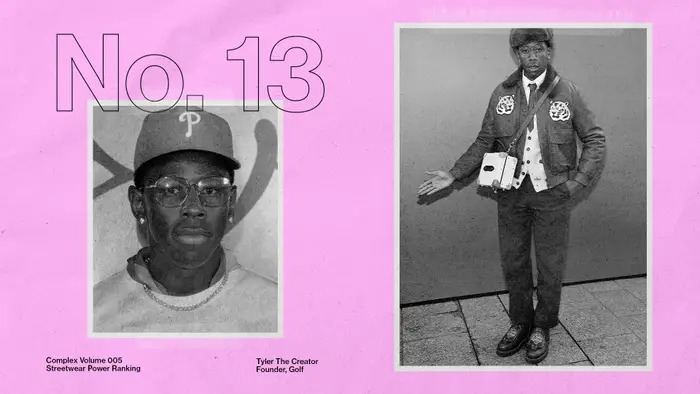Streetwear Power Ranking

How do you define streetwear in 2023?
It’s a complicated question since the category used to feel very specific. In the ‘90s, streetwear brands drew from then-niche subcultures like skateboarding, punk, hip-hop, and graffiti. They produced literal “street wear,” like T-shirts, hoodies, jeans, tracksuits, and sneakers that targeted a younger audience. But the category has evolved and the subcultures it reflects are now multibillion-dollar businesses, which makes the definition of streetwear much more nebulous—and in our opinion, that’s a good thing.
We define streetwear as clothing that appeals to youth culture and taps into the zeitgeist. It still references hip-hop, skate, punk, and graffiti, but the consumer base is broader and it’s not dictated by a price point. (If Gucci can sell us a $500 T-shirt, why can’t a “streetwear” designer?) Some consumers, like resellers, look to streetwear for financial gain; others participate because they want to follow trends or associate themselves with a community or tribe. None of this is entirely new. The category is just much more expansive.


